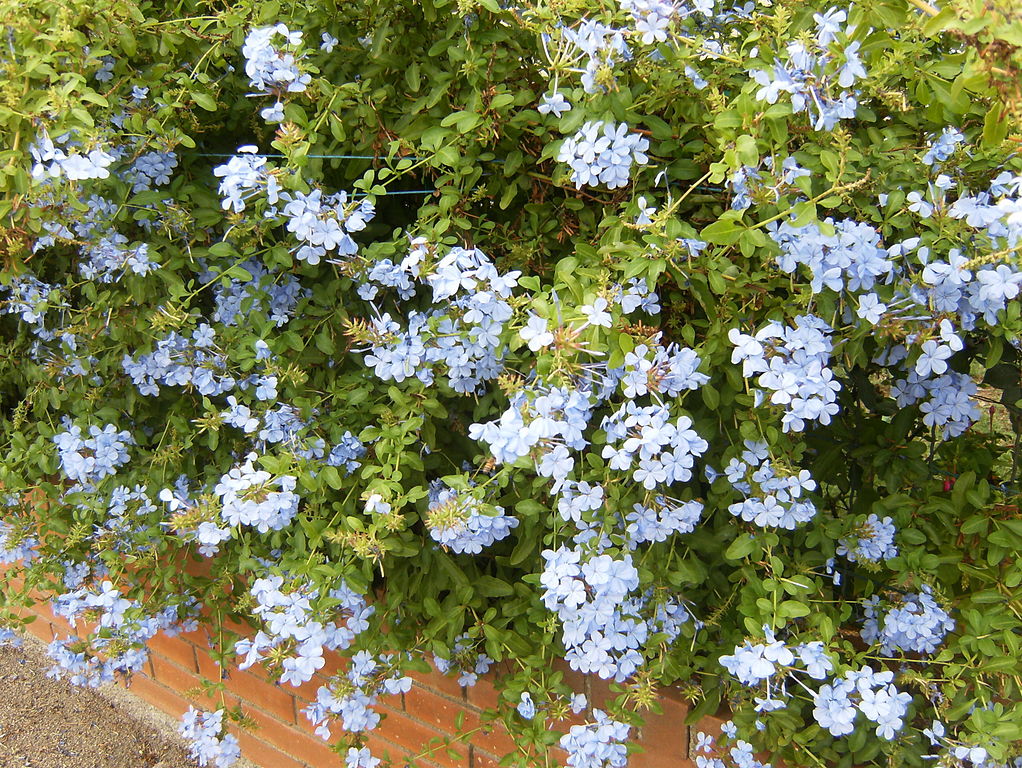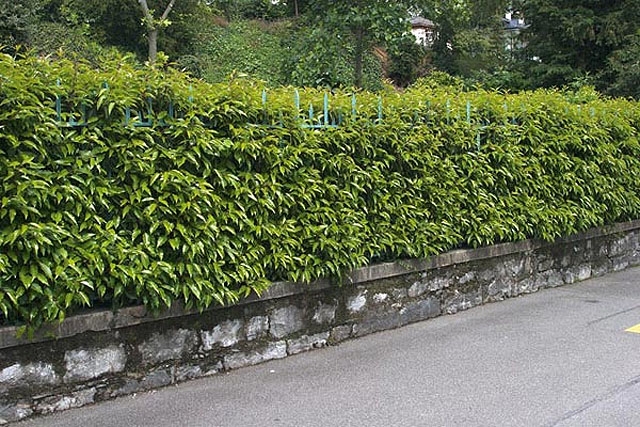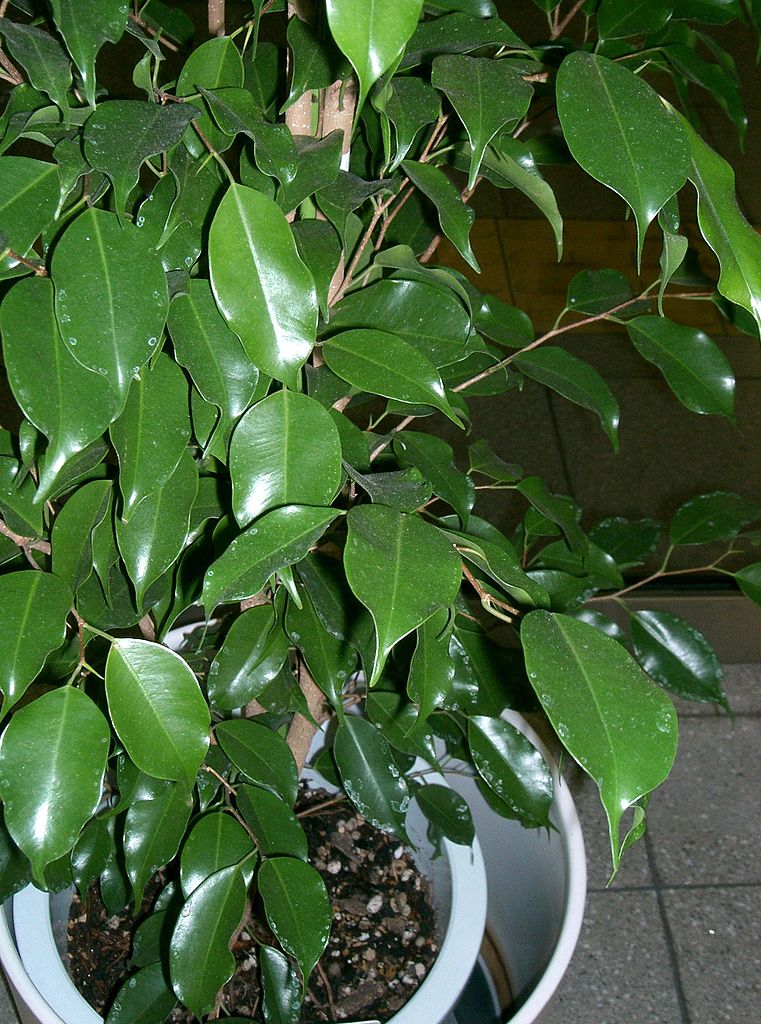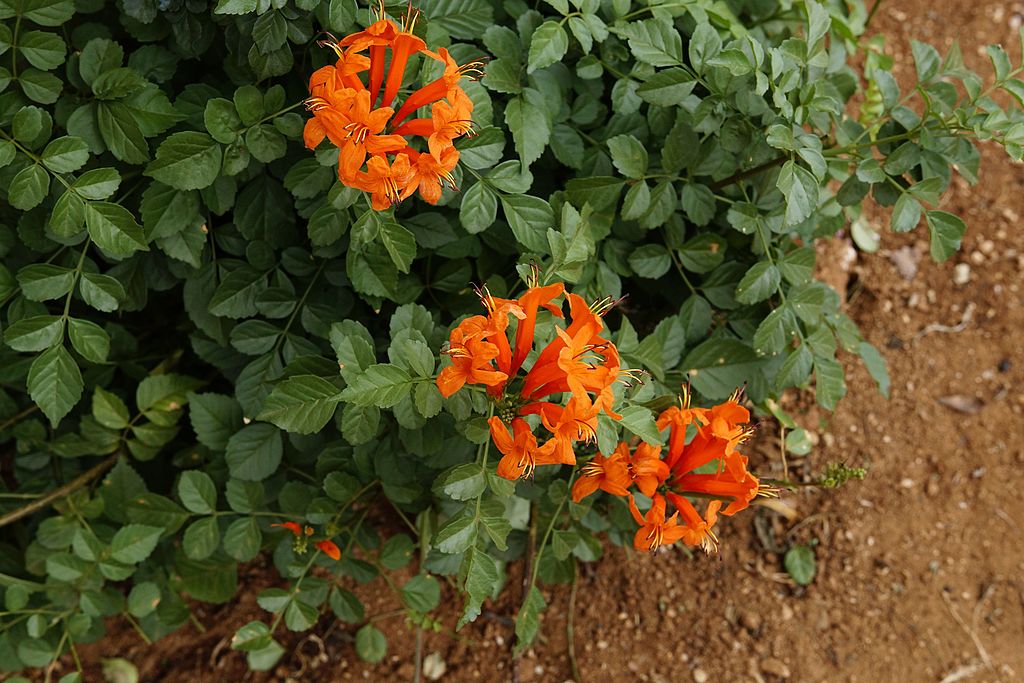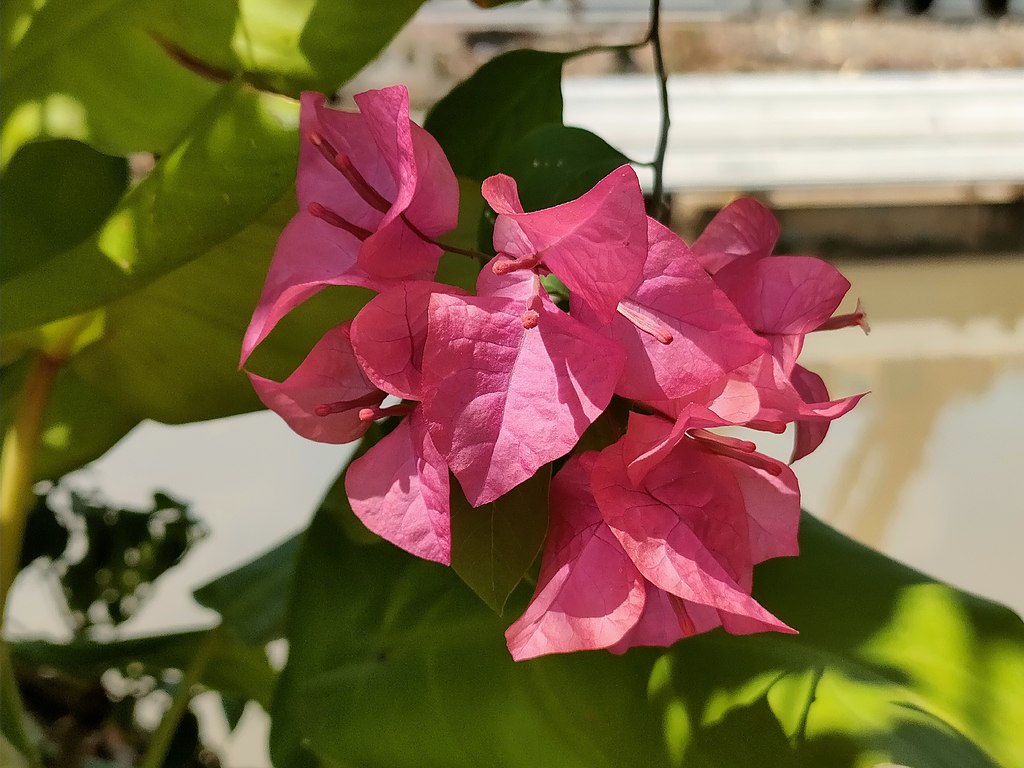The Blue plumbago (Plumbago auriculata) is a flowering species and a member of the plant family Plumbaginaceae. It is also known as Cape leadwort, Cape plumbago, and Plumbago capensis.
The specific epithet auriculata means “with ears”, to the shape of the leaves. The name “Plumbago” comes from the Latin word “plumbum”, which means lead. This is because, in the early days, the cape plumbago is used as a medicinal plant to treat lead poisoning.
Although today the name plumber describes a person who fits and repairs the pipes, fittings, and other apparatus of water supply, sanitation, or heating systems, the name comes from Roman era and was meaning the person who was installing lead pipes.
The plumbago plants are native to South Africa. Considered fast-growing and have a sprawling habit. The arching and semi-woody branches enable the plant to later form into loose mounds. Its sprawling growth makes for an ideal ground cover and an additional texture for trellises.
The Blue Plumbago is a hardy and easy-to-care-for shrub with a great tolerance for drought. An excellent outdoor plant choice for a groundcover in any landscape design. It is prized for the profusion of blue phlox-like flowers it produces for extended periods of time.
Where to plant Plumbago in the garden
Blue Plumbago needs gardens with warm weather, at least 15-26 degrees Celsius. It can handle colder temperature, but is quite vulnerable to freezing injury especially if temperatures drop below 0 degrees Celsius. In light frost, the plant may lose some of its leaves, but they later grow back in spring.
Plumbago is beautiful when planted over a stone or wood retaining wall, allowing its branches to cascade over in a waterfall of foliage and unusual blue flowers—and it will bloom all year long. It will grow as an evergreen shrub and makes an excellent foundation plant.
Choose a place with full sun to partially shaded conditions. The more sun it will get the more the blooms.
It prefers fertile, well-draining soil. But it will do well also in slightly acidic, slightly alkaline, clay, sand, or loam soils. It is an easy to go plant regarding soil.
When to plant Plumbago in the garden
The best time to plant a Blue Plumbago in the garden is in Spring.
Lightning conditions for Plumbago
It grows best under full sun to partially shaded conditions. In regions with warm climates, choose a location that also gets some afternoon shade.
Although it can tolerate some prolonged periods of shade, full sun exposure encourages the plants to develop more clusters of bluish to white flowers.
Watering needs of Blue Plumbago
When the plant is new to your garden (newly planted), water it at least twice a week. This stage is important, because the plant begin to establish its roots.
When the Plumbago starts to blooms, its needs for water increase. So, you have to water it more frequently. Keep the soil moist but not soggy. Soggy soil can cause root rot to plants and also Plumbago.
During the winter months, you should reduce watering.
Fertilizing Blue Plumbago
Blue Plumbago plant is considered a light feeder. It doesn’t need a lot or frequent fertilization.
Apply all-purpose and slow-release fertilizer, twice a year, particularly during the growing season, which occurs most often in the early spring or summer.
Pruning Blue Plumbago
Plumbago benefits from a hard pruning during the dormant season followed by periodic deadheading and shaping through the growing season to maintain its health and appearance.
Prune in late winter or early spring while the plant remains dormant. Remove all of a plumbago’s dead and broken branches.
Remove one-third of the plumbago’s oldest branches. Make each cut 0.5 centimeters above the cut branch’s base. Thinning the plant in this manner makes room for new, healthy growth.
Cut back all remaining branches, removing the top one-third of their growth. Position each cut 0.5 centimeters above an outward-facing bud or lateral branch, and make each cut at an angle fewer than 45 degrees.
Remove the plant’s spent, or old, flowers throughout the year. That process is called deadheading.
As with every other plant, you can cut the cuttings in small pieces and place them in your compost bin, to convert them to fertilizer for your garden.
Can you grow Plumbago plant in pots?
Yes you can. You should use a good flower plant soil mix. Drainage is very important. Roots should never sit in water.
All that applies for growing in the garden, also applies for growing plumbago plants in pots and containers.
Greek name: Πλουμπάγκο (μπλε γιασεμί).
Sources: https://plantly.io/plant-care/blue-plumbago/, https://www.gardeningknowhow.com/ornamental/shrubs/plumbago/growing-plumbago-plants.htm, https://homeguides.sfgate.com/prune-plumbago-plants-90939.html, https://www.nature-and-garden.com/gardening/plumbago.html
Tags: ORNAMENTAL PLANTS

